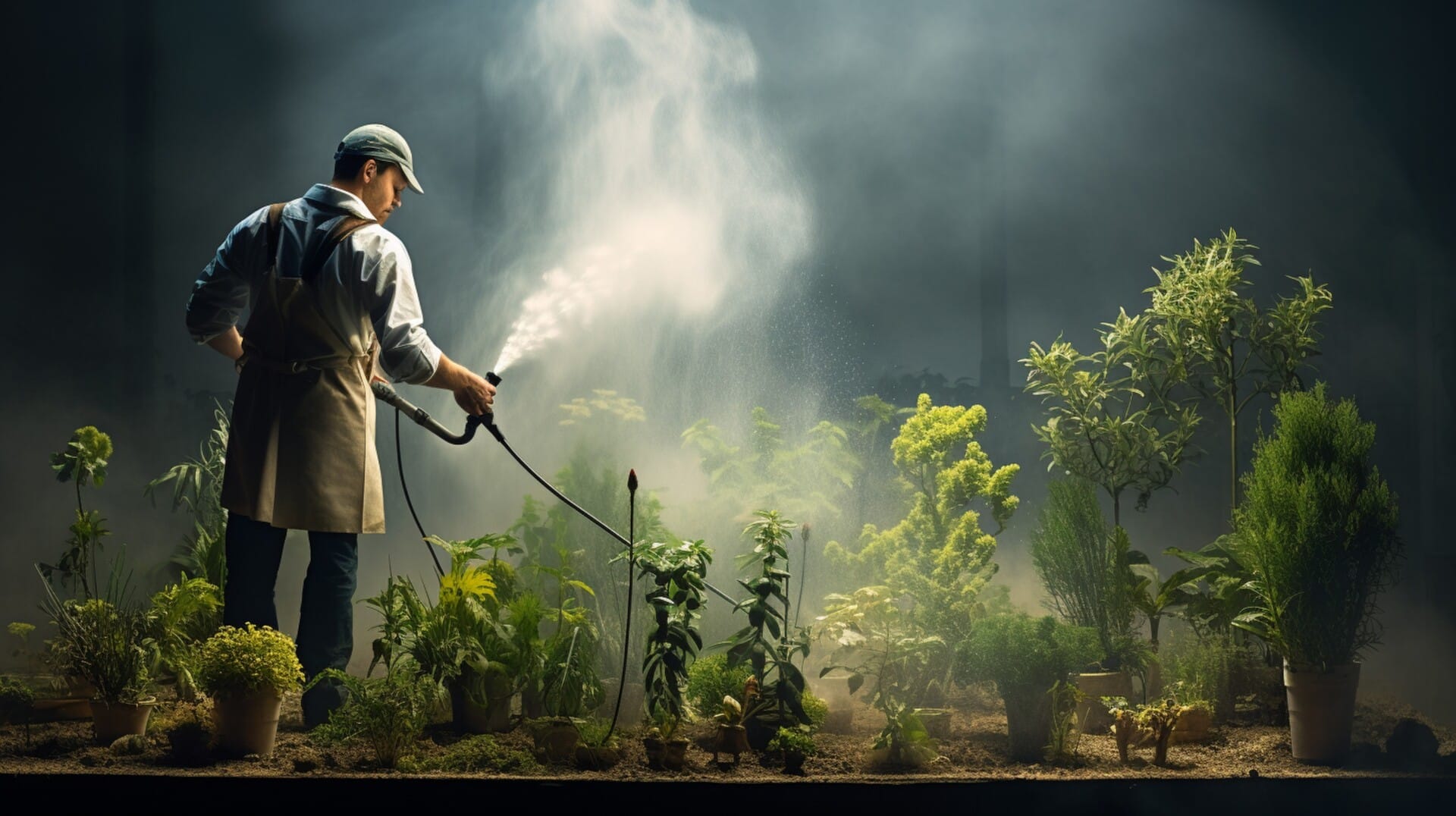Pest control has always been a challenging task. Traditionally, people used traps, poisons, and manual inspections to keep pests away. But these old methods were not always effective. They often required a lot of time and effort.
Today, technology is making pest control easier and more efficient. Let’s explore how these new advancements are changing the way we manage pests.
The Rise of Pest Control Technology
Technology is transforming many areas of our lives, including pest control.
Modern pest control methods are more precise and efficient. They help us detect and eliminate pests more effectively. Using technology in pest control means fewer pests and a healthier living environment. This shift from old-fashioned methods to new, tech-driven solutions is making a big difference. People no longer have to rely on guesswork or spend hours trying to catch pests. Instead, they can use smart tools and devices that do the job better and faster.
For example, think about how you used to have to check traps every day to see if you caught anything. Now, with smart traps, you can get alerts on your phone when a trap catches a pest. This not only saves time but also ensures that the problem is dealt with quickly. Technology is also helping us understand pests better. With better data, we can predict when and where pests might appear, allowing us to act before they become a big problem.

Smarter Pest Control, Fewer Headaches.
Latest Pest Control Technology
New technologies are changing the way we control pests. Smart traps and sensors can detect pests and alert us immediately. These traps are equipped with sensors that know when a pest is caught, sending a notification to your smartphone. This way, you don’t have to constantly check traps manually.
Drones are another exciting development in pest control. They can fly over large areas, like farms or big yards, to spot pest problems from above. Drones can quickly cover ground that would take a person hours to inspect, finding pest hotspots that might be missed otherwise. They can also be equipped with cameras and sensors to get a detailed look at what’s happening on the ground.
The Internet of Things (IoT) is playing a big role in modern pest control. IoT connects devices and systems, allowing them to share information in real-time. For example, sensors placed around a property can detect pest activity and send that data to a central system. This system can then analyze the data and suggest the best actions to take. IoT helps create a network of devices that work together to keep pests under control.
Overall, these new technologies are making pest control smarter and more effective. By using smart traps, drones, and IoT, we can detect and deal with pests faster and more efficiently. This means fewer pests and a healthier living environment for everyone. The use of these advanced tools is a game-changer in the world of pest control, providing better solutions for both residential and commercial properties.
Automated Pest Control
Automation is changing the way we handle pest control. Automated pest control systems can monitor and manage pests without needing people to check everything manually. This makes pest control easier and more efficient.
Imagine having traps that reset themselves after catching a pest. These automated traps can also send alerts to your phone when they need to be emptied. This means you don’t have to keep checking the traps yourself. It saves time and ensures that pests are dealt with quickly. Some automated systems even use cameras to monitor pest activity. They can take pictures or videos of pests and send them to you so you know exactly what’s going on.
Another great example of automated pest control is systems that spray pesticides only when pests are detected. These systems use sensors to find pests and then target them directly. This reduces the amount of pesticide used and makes it safer for people and pets. Automated pest control systems can also be programmed to work at specific times, like spraying pesticides at night when people and pets are not around. This makes pest control more convenient and less disruptive.
Automated pest control is not only good for homes but also for larger areas like farms and warehouses. In these places, automated systems can cover large areas more effectively than humans can. For instance, automated drones can fly over fields and spray pesticides where needed. This helps farmers protect their crops from pests without having to walk through the fields themselves. Overall, automation is making pest control smarter and more efficient.
Pest Control Innovations
Innovations in pest control are making it easier to keep pests away. New tools and techniques are being developed all the time, providing more options for effective pest management. These innovations are helping to make pest control more precise and less harmful to the environment.
One exciting innovation is the use of ultrasonic devices. These devices emit high-frequency sounds that pests find annoying but are harmless to humans and pets. Ultrasonic devices can be placed in different parts of your home or yard to keep pests away. They are a simple and non-toxic way to control pests.
Another innovative tool is heat treatment. This method uses high temperatures to kill pests like bedbugs and termites. Heat treatment is effective because it penetrates areas that chemicals might miss, like deep inside walls or furniture. It’s also a chemical-free option, making it safer for your home and the environment.
Cold treatment is another new technique. It uses extremely low temperatures to freeze and kill pests. This method is often used for pests that are resistant to chemicals, providing a safe and effective alternative. Cold treatment can be used in homes, warehouses, and other places where pests are a problem.
There are also new baits and traps that are more effective at attracting and catching pests. These baits use special scents and attractants to lure pests into traps. Once inside, the pests cannot escape. These traps are designed to target specific pests, making them more effective than general traps.
Advanced Pest Management Technologies
Advanced technologies like artificial intelligence (AI) and machine learning are making pest control smarter. These technologies help us identify pests more accurately and quickly. They can analyze patterns and predict infestations, allowing us to act before the problem gets out of control.
AI-powered pest identification software can recognize different types of pests from photos or videos. This software can be used by pest control professionals and homeowners alike. By simply uploading a picture of the pest, the software can identify it and provide information on how to deal with it. This makes it easier to handle pest problems without needing an expert to come to your home.
Machine learning is also being used to predict pest infestations. By analyzing data from sensors and other sources, machine learning algorithms can identify patterns that indicate when and where pests are likely to appear. This allows pest control professionals to take preventive measures before pests become a big problem. For example, if the data shows an increase in pest activity in a certain area, pest control can be stepped up in that area to prevent an infestation.
Predictive analytics is another tool that’s helping in pest management. This technology uses data to predict future pest problems. By analyzing past pest activity and other factors like weather and season, predictive analytics can help us understand when and where pests are most likely to be a problem. This allows for more targeted and effective pest control measures.
The Future of Pest Control
The future of pest control is looking bright with continuous advancements in technology. New trends and innovations keep emerging, making pest control more effective and less intrusive. Staying updated with the latest technologies will be key to successful pest management.
One exciting trend is the use of genetic engineering. Scientists are working on ways to modify pests so they can’t reproduce. This could significantly reduce pest populations over time. Another promising development is the use of biodegradable pesticides. These are designed to break down quickly in the environment, reducing the risk of pollution and harm to other animals.
Robotics is also making its way into pest control. Small robots can be used to inspect hard-to-reach areas like attics or crawl spaces. These robots can detect pests and even apply treatments. This makes pest control safer and more thorough. The integration of these technologies will make pest control smarter and more efficient, providing better solutions for keeping our homes and businesses pest-free.






